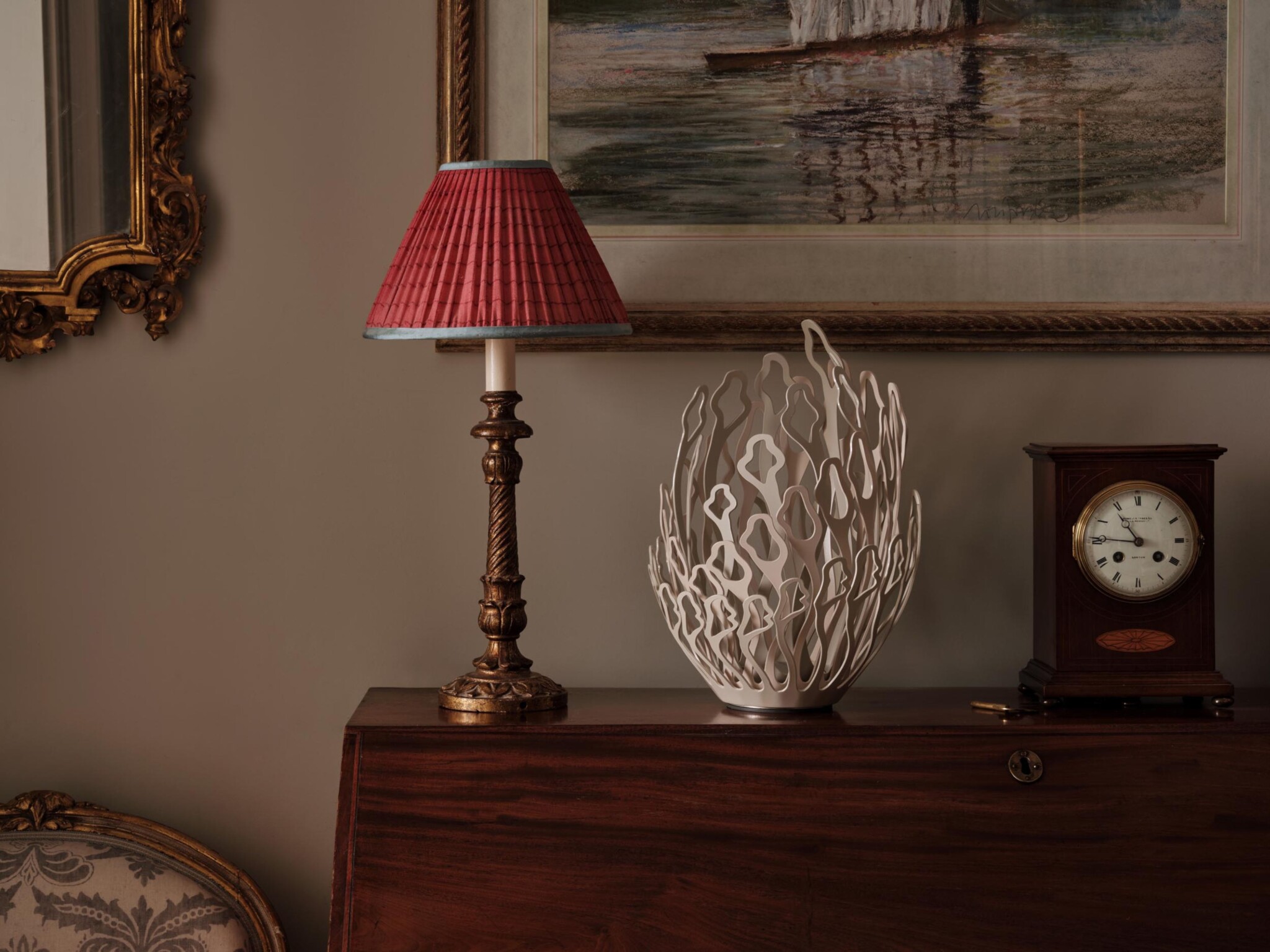
Artful Living: Creative Ways To Use Sculpture At Home
Ready to decorate with sculpture? Learn creative ways to display art at home to add personality and style. Explore simple, artful tips for every room.
24th Oct 2025
This Fall, enliven your home with Alba. Our new interior sculpture.
All our news, interviews and practical tips in one place.

Ready to decorate with sculpture? Learn creative ways to display art at home to add personality and style. Explore simple, artful tips for every room.
24th Oct 2025
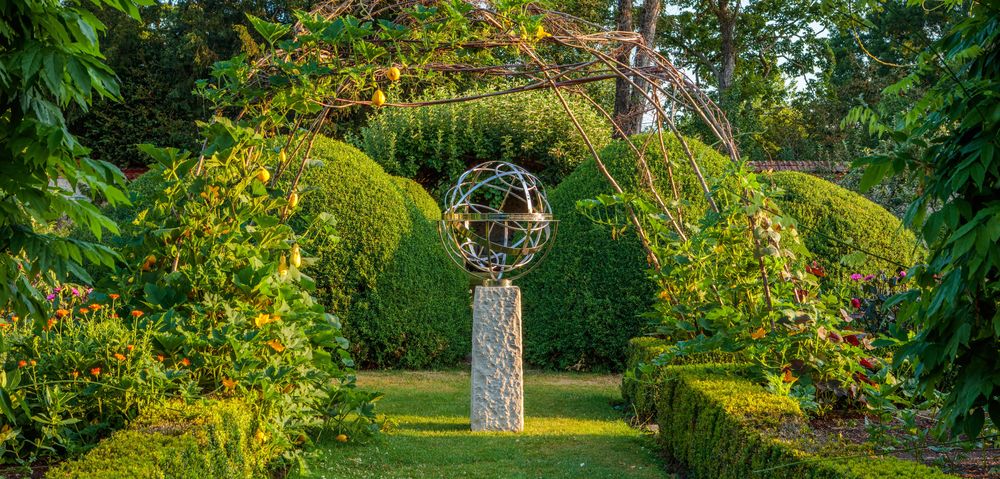
Discover the Armillary Sphere: the perfect marriage of science and sculpture. An enduring instrument that captures celestial light and the essence of passing time.
7th Oct 2025
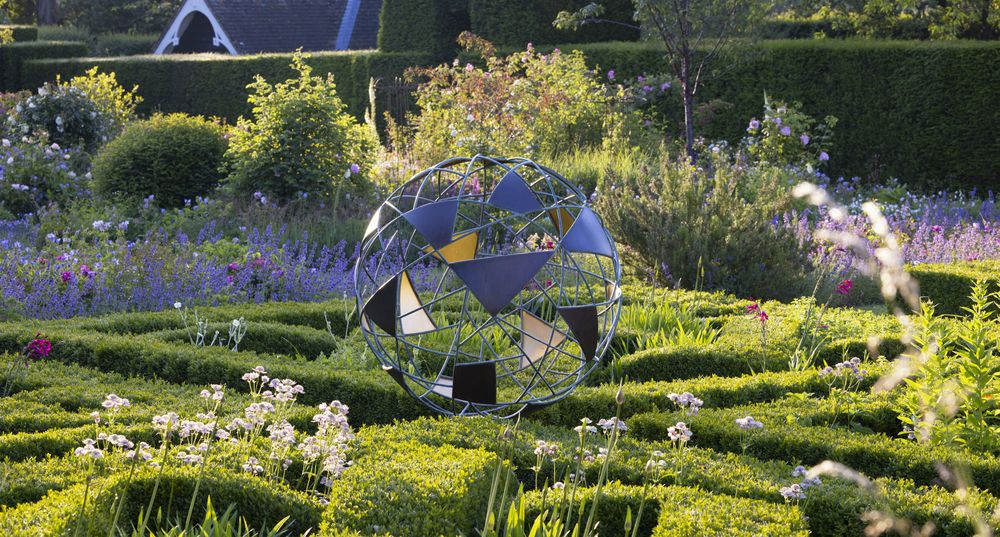
Discover how contemporary abstract sculpture acts as a stunning focal point in landscape design, transforming green spaces into interactive cultural environments.
18th Sep 2025
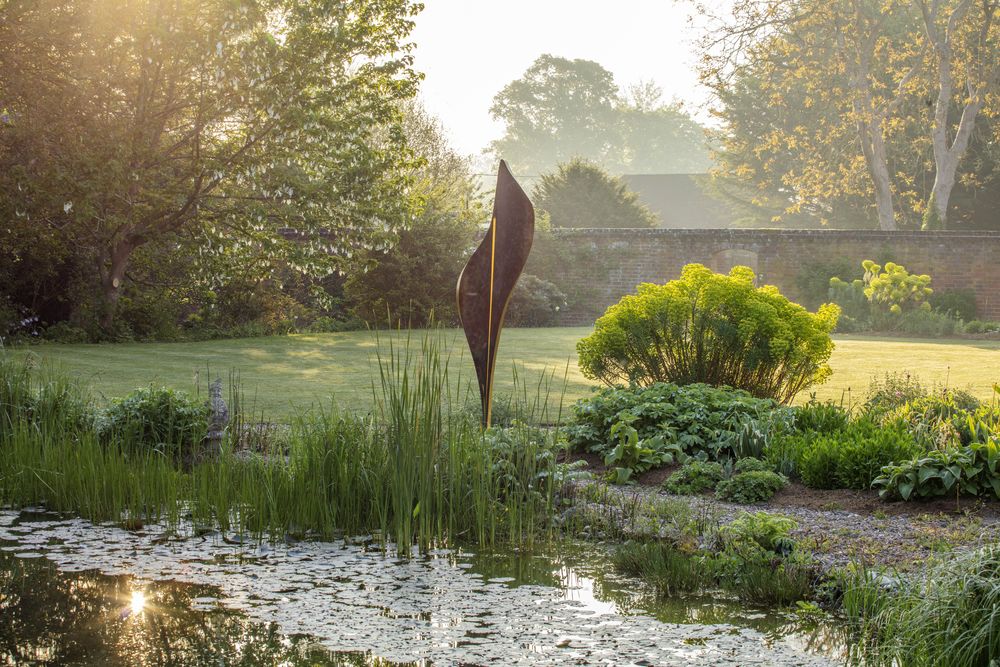
Go beyond fleeting trends. Explore the enduring beauty of organic sculpture for your interior or garden, and learn how a single piece can shape a space for generations.
5th Sep 2025
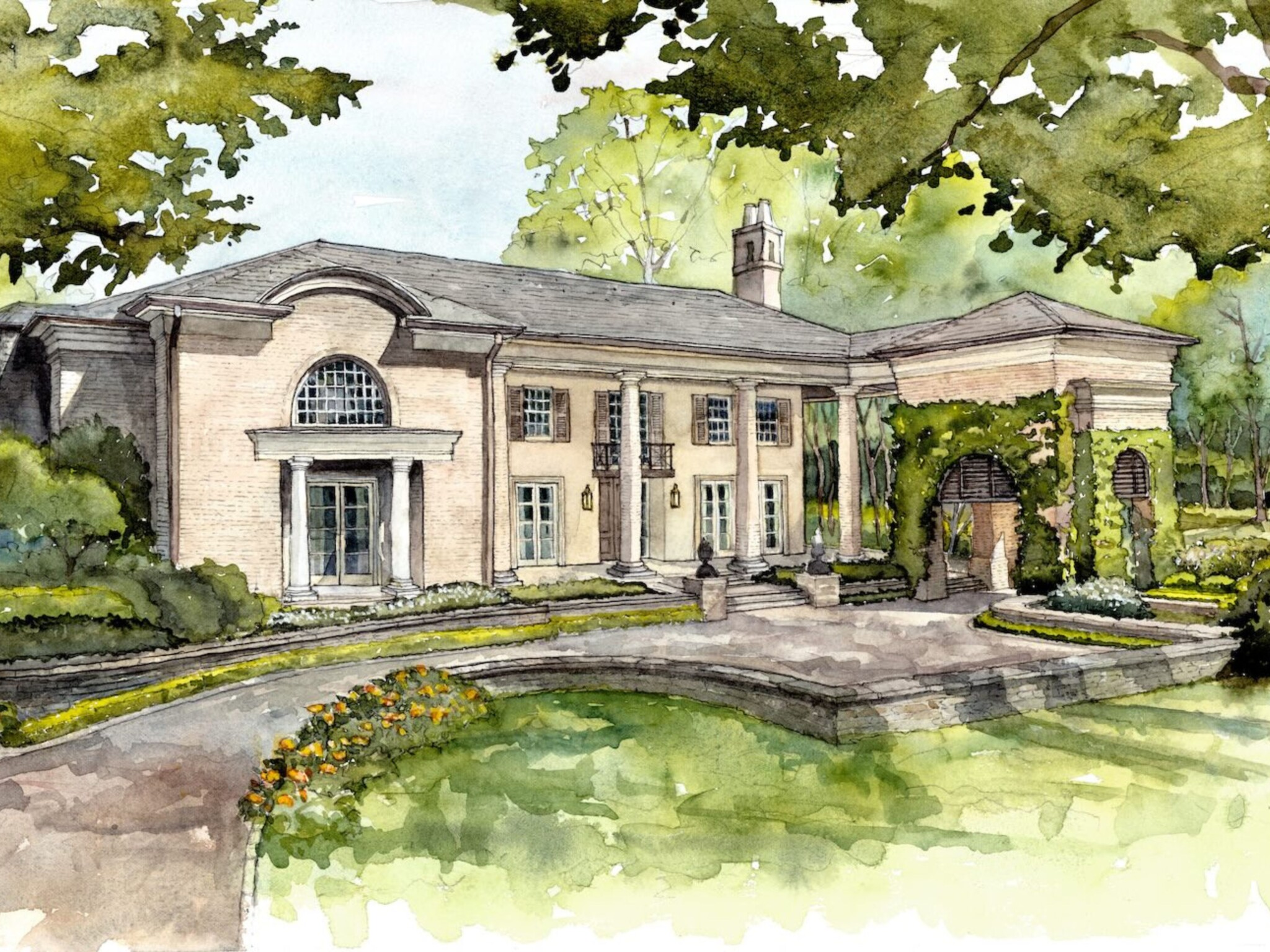
This October, 23 leading designers from across the United States will transform the legendary Belle Mead estate in Nashville, and it promises to be a melting pot of inspiration for homeowners and businesses alike.
5th Sep 2025
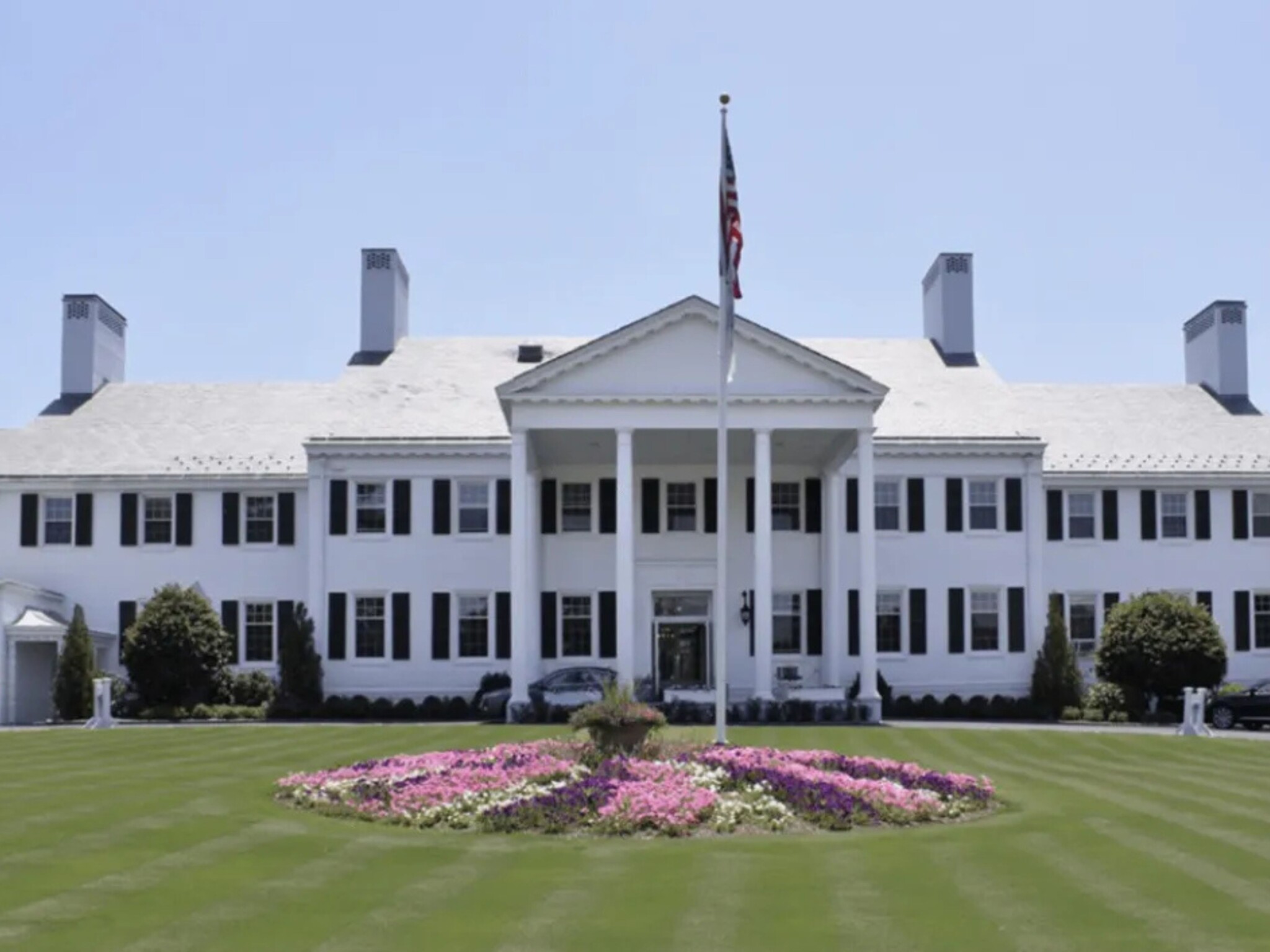
David Harber joins a program of inspiring discussions, tours and events for Designing Greenwich 2025, an unmissable two-day event for those looking for decorating tips and design trends.
5th Sep 2025

Telling time by the sun is an act of everyday magic. Our simple guide will show you how to read a sundial, revealing the beauty and function of this unique timekeeping device.
25th Aug 2025
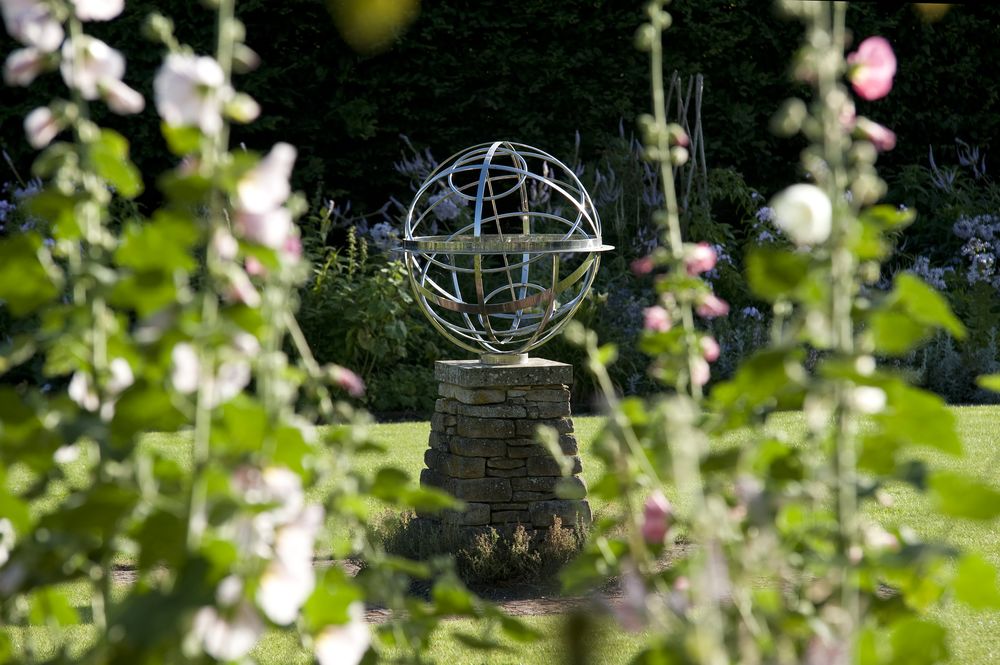
Discover the ancient art of timekeeping. Learn how to set a sundial, turning a garden ornament into a beautiful, functional timepiece that celebrates the sun’s journey across the sky.
6th Aug 2025

Join us on 12-13 September to hear from acclaimed interior and garden designers across two days of inspiring talks and panel discussions in our Oxfordshire workshop. Both days will include a preview of our new interior piece, a special lunch in our beautiful Sculpture Garden, and the chance to get behind the scenes in our Workshop and Design Studio.
Please RSVP below if you would like to attend.
25th Jul 2025
Whether you’ve decided on a piece, or you just want to sound out any aspect of our work, then please do get in touch.